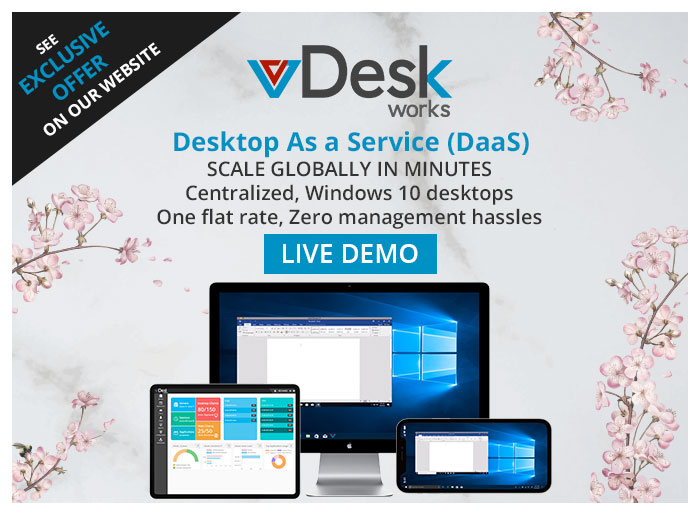
From Planning to Execution: How MRP Software Drives Operational Success
In the manufacturing sector, efficiency is not just a goal—it’s a necessity. The ability to seamlessly transition from planning to execution can significantly impact a company’s operational success. Material Requirements Planning (MRP) software plays a crucial role in this process by integrating various aspects of manufacturing, from inventory management to production scheduling. By offering a comprehensive approach to resource planning and execution, MRP software helps businesses streamline operations, reduce costs, and enhance overall productivity. This article explores how MRP software drives operational success by bridging the gap between strategic planning and effective execution.
Understanding MRP Software
Material Requirements Planning (MRP) software is a comprehensive solution designed to enhance the management of manufacturing resources. It assists businesses in planning, scheduling, and controlling inventory and production processes. MRP software operates by aligning the availability of materials with production schedules, thereby minimizing delays and reducing excess inventory.
The core functionalities of MRP software include:
- Demand Forecasting: Predicting future demand based on historical data and market trends.
- Production Scheduling: Coordinating production activities to ensure timely completion.
- Inventory Management: Tracking and managing inventory levels to prevent stockouts and overstock situations.
Seamless Integration of Planning and Execution
A fundamental advantage of MRP software is its ability to integrate planning with execution. This integration is crucial for maintaining operational continuity and achieving efficiency. Here’s how MRP software bridges these two crucial aspects:
- Demand Forecasting and Production Planning: Accurate demand forecasting is the bedrock of effective production planning. MRP software analyzes historical sales data, market trends, and other variables to forecast future demand. This forecast informs production schedules, ensuring that manufacturing aligns with anticipated demand. By synchronizing production schedules with demand forecasts, businesses can reduce the risk of overproduction or underproduction.
- Real-Time Inventory Management: MRP software provides real-time visibility into inventory levels. This visibility enables businesses to monitor stock levels continuously and make timely decisions regarding reordering. Automated inventory management reduces the likelihood of stockouts and ensures that production runs smoothly without interruptions.
- Material Procurement and Scheduling: MRP software facilitates efficient material procurement by calculating the exact quantity of materials required based on production schedules and inventory levels. This ensures that materials are available when needed, preventing delays and optimizing production workflows.
Enhancing Efficiency and Reducing Costs
Efficiency and cost management are at the heart of successful manufacturing operations. MRP software contributes to these goals in several ways:
- Optimized Inventory Levels: Maintaining optimal inventory levels is crucial for reducing carrying costs and freeing up working capital. MRP software automates inventory management, ensuring that stock levels are aligned with production needs. By minimizing excess inventory, businesses can reduce storage costs and improve cash flow.
- Minimized Production Downtime: Production downtime can be costly and disruptive. MRP software helps minimize downtime by ensuring that materials and resources are available as needed. Accurate production scheduling and timely material procurement prevent bottlenecks and keep production processes running smoothly.
- Reduced Waste: Effective material planning and scheduling contribute to waste reduction. MRP software calculates precise material requirements, reducing the risk of overordering and excess waste. This not only lowers costs but also supports sustainability initiatives by minimizing environmental impact.
Supporting Informed Decision-Making
Informed decision-making is essential for navigating the complexities of modern manufacturing. MRP software provides valuable insights and data that support strategic decisions:
- Real-Time Reporting and Analytics: MRP software generates real-time reports on various aspects of manufacturing operations, including inventory levels, production status, and order fulfillment. These reports provide managers with up-to-date information, enabling them to make data-driven decisions.
- Scenario Analysis and Planning: MRP software allows businesses to simulate different scenarios and evaluate the impact of various decisions on production and inventory. This capability helps managers assess potential outcomes and choose the best course of action based on data.
- Performance Metrics and KPIs: Tracking key performance indicators (KPIs) is crucial for evaluating operational performance. MRP software monitors metrics such as production efficiency, order accuracy, and inventory turnover, providing a comprehensive view of performance and areas for improvement.
Scalability and Flexibility
As businesses grow and evolve, their operational needs change. MRP software offers scalability and flexibility to accommodate these changes:
- Adaptability to Changing Demands: MRP software can be customized to adapt to varying production requirements. This flexibility allows businesses to adjust their processes in response to market changes, new product lines, or shifts in demand.
- Integration with Other Systems: Modern MRP software integrates seamlessly with other enterprise systems, such as Enterprise Resource Planning (ERP) and Customer Relationship Management (CRM) systems. This integration provides a unified view of operations and enhances overall efficiency by ensuring that all systems are aligned and working together.
Driving Customer Satisfaction
Ultimately, the effectiveness of MRP software translates into improved customer satisfaction. By ensuring timely production and accurate order fulfillment, businesses can meet customer expectations and build strong relationships. Key benefits include:
- On-Time Delivery: Efficient production scheduling and inventory management contribute to on-time delivery, enhancing customer trust and loyalty. MRP software ensures that products are manufactured and delivered according to schedule, reducing the risk of delays.
- Accurate Order Fulfillment: MRP software helps ensure that orders are fulfilled accurately, minimizing errors and returns. By aligning production with demand and managing inventory effectively, businesses can meet customer orders with precision and reliability.
Case Studies: Real-World Applications of MRP Software
To illustrate the impact of MRP software, consider the following case studies:
- Case Study 1: Manufacturing Excellence: A mid-sized electronics manufacturer implemented MRP software to address inventory management issues and streamline production scheduling. By leveraging real-time inventory data and accurate demand forecasts, the company reduced excess inventory by 25% and improved on-time delivery rates by 15%. This resulted in significant cost savings and enhanced customer satisfaction.
- Case Study 2: Streamlined Operations: A large automotive parts supplier adopted MRP software to integrate its production planning and material procurement processes. The software’s ability to automate inventory management and optimize production schedules led to a 20% reduction in production downtime and a 30% decrease in material costs. The company was able to meet increased demand efficiently and maintain a competitive edge in the market.
Conclusion
MRP software is a powerful tool that drives operational success by seamlessly integrating planning and execution processes. From optimizing inventory levels and minimizing production downtime to supporting informed decision-making and enhancing customer satisfaction, MRP software plays a pivotal role in modern manufacturing. By leveraging the capabilities of MRP software, businesses can navigate the complexities of manufacturing with greater efficiency, reduce costs, and achieve their strategic objectives. As the manufacturing landscape continues to evolve, the role of MRP software will remain essential for sustaining competitive advantage and delivering exceptional value to customers.



